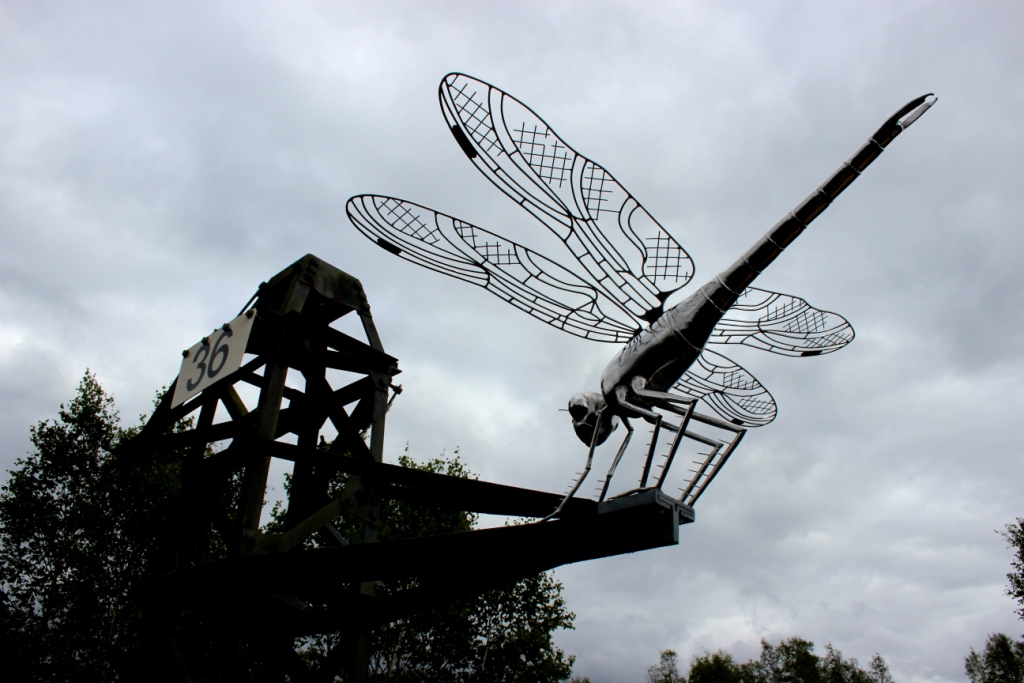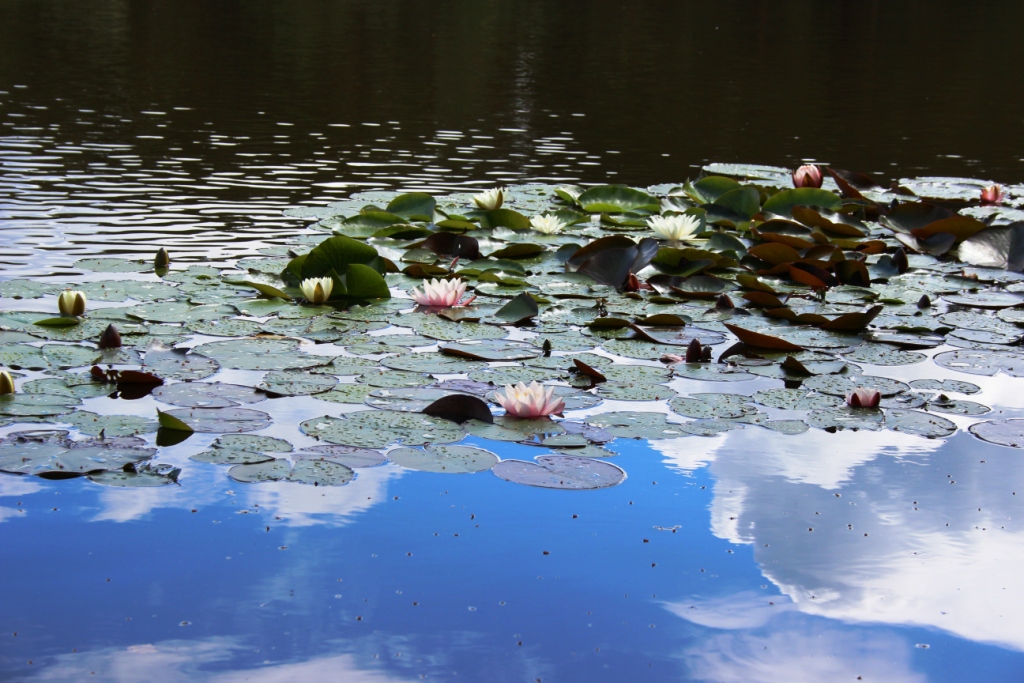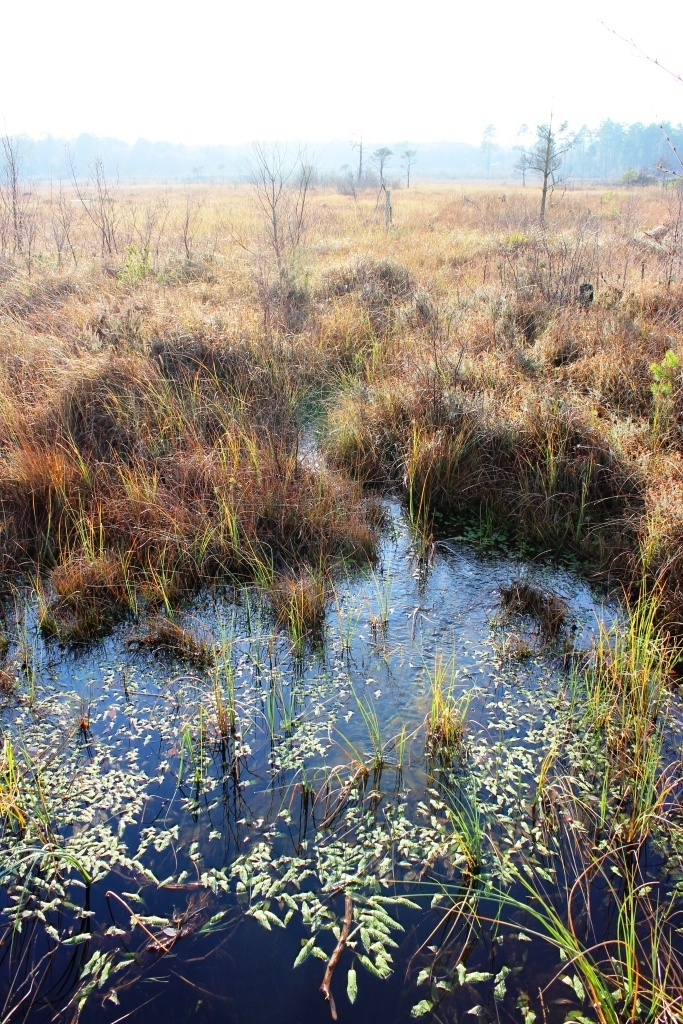A Dragonfly for Thursley
August 2016
Lucy Quinnell
When Angela Hennell of Natural England telephoned me in 2015, her enquiry was instantly a ‘spark’.
Recycling a steel pylon… Sculpture… Nature reserve… Dragonfly… Thursley…
Fire and Iron is a stubbornly green company specialising in metal sculpture; we manage the land adjacent to our workplace (Teazle Wood) as a Site of Nature Conservation Interest and community nature reserve, where we had just photographed Southern Hawker dragonflies around newly-restored ponds; Thursley is part of the extraordinary historical ironworking landscape where my Quinnell ancestors lived from the 1400s, and ran the furnace at Imbhams in the 15- and 1600s.
Everything that we feel passionate about, combined in one project. I said ‘Yes’!
When an art project gets underway, no-one knows the precise direction it will take or the impact it will have. The ‘knock-on effects’ and legacy are always there, and always, always, better than anticipated. Something happens – not present at the start but apparent in the process - and it can later be applied to the thinking around the project; we affectionately call this ‘post-construction rationalisation’!
My blacksmith husband Adam Boydell works closely with me, and together we visited James Giles and his colleagues at Thursley Common National Nature Reserve. We hadn’t been there before, and we fell in love with it. In this striking landscape – ironically almost ‘unnaturally’ beautiful! To walk along a boardwalk punctuated by basking lizards, and to look down into the clear water and see it teeming with flora and fauna, is to experience an extraordinary composite of all kinds of fantastic fictions and realities: Avatar, The Lord of the Rings, The Living Planet, Monet’s ‘Water Lilies’, Millais’s ‘Ophelia’ - the redundant chunk of heavy industrial pylon lay clunkily on its side, incongruous and yet somehow reminiscent - in its sturdily engineered structure - of patterns in nature.
James knew that he wanted this striking mass of bolted steel to remain on the site, as a kind of monument to man’s use of the landscape – to make visitors think and reflect. We were to make an impression of a dragonfly – not a specific species and not a 100% anatomically correct model – to land on one arm of the pylon portion, which was to be positioned upright, almost as if nature was re-colonising the site around it.
I love the idea of nature colonising the mess left behind by human activity – in part of Teazle Wood there was a Victorian brickyard, and the extensive network of man-made clay pits is now home to Great crested newts. My ancestral ironfounders and their contemporaries in and around Haslemere gave me my career many centuries later, but at the time they savaged the landscape at the point where Surrey meets Hampshire and Sussex – it had the right combination of iron ore, wood for charcoal and water to make such an industry possible. Nature has in many places colonised or re-colonised the furnace sites, hammer ponds and felled woodland, and here in 2016 we have that nature inspiring humans working in the craft that once exploited the natural landscape interpreting the current wildlife and bringing a steel product back to a place that led directly to that steel product being possible… That’s quite a theme! In 1612 Michael Drayton wrote:
Jove’s oak, the warlike ash, vein’d elm, the softer beech,
Short hazel, maple plain, light asp, the bending wych,
Tough holly, and smooth birch must altogether burn
What should the builder serve, supplies the forger’s turn;
When under public good base private gain takes hold,
And we, poor woeful woods, to ruin lastly sold.
– Polyolbion, Song XVII
It was a pleasure to meet and work with James – from the outset, his ideas, enthusiasm and sense of the visual were obvious. His knowledge of the site and the dragonfly population were invaluable, and I have been personally inspired by his passion for his work and the quality of his beautiful photography.
James wanted the dragonfly to be a good size – easily visible and striking, ‘right’ in relation to the pylon arm, but also in reference to the fact that dragonflies were once giants, when there was more oxygen. Prehistoric wingspans were known to reach 700mm – picture that whirring through the air! The finished dimensions of the sculpture are 1570mm long by a wingspan of 1200mm.
We decided that the material should be 316 stainless steel – for its corrosion resistance but also for its shine. Dragonflies, for me, are the glittering jewels of a wild English landscape – flashy, brilliant, bright and dazzling, with their rattling, rustling, glistening, crackly wings – and we wanted to achieve a strong contrast between such a sparkling, darting creature and the drab galvanised grey of the static pylon. The finished sculpture was electropolished in Hampshire, to really make it gleam.
From our point of view, as artists, the relatively simple notion of making a general interpretation of a dragonfly quickly developed into an absolute fascination with dragonflies and damselflies. We had studied them a little before Angela’s telephone call, but when it came to start designing and making we had to look again in detail. We all think we know what a dragonfly looks like, but making one forces inspection of the structure – where do the legs join on, and what do they join on to? How does the head work, and the eyes? It reminded me of when I first saw a giraffe close up, and marvelled that we share a planet with such things. (But then, are we so very different?!)
Natural England’s theme of recycling the pylon and our own interest in recycling and sustainability prompted us to seek used objects to incorporate into the sculpture. The dragonfly is constructed from ladles, a lamppost, a saucepan handle, handrail sections, an exhaust silencer from the banks of the M25, screws, mesh, and even pieces of the sky from our RHS Gold Medal garden at Hampton Court, with only minimal new material.
The sculpture took eleven weeks to make.
We hope it brings people pleasure when they are out walking, and encourages discussion and debate about the many themes.
I predict that, very appropriately, the biggest long-term benefit will be to ecology – we have accidentally and serendipitously been linked to an extraordinary site and expertise we would not normally have encountered, and we have already learned a great deal that we can bring home and share with our local community. We are now monitoring Leatherhead’s dragonfly and damselfly population with greater interest and awareness, and we look forward to James Giles visiting Teazle Wood to see the work we are doing. Visiting experts and volunteers to our forge and to Teazle Wood have seen the dragonfly sculpture take shape, prompting fascinating discussions. One of my favourite examples was watching Professor Patricia Wiltshire – leading botanical forensics expert – discussing with Adam how a dragonfly flies. Art imitating life imitating art…











